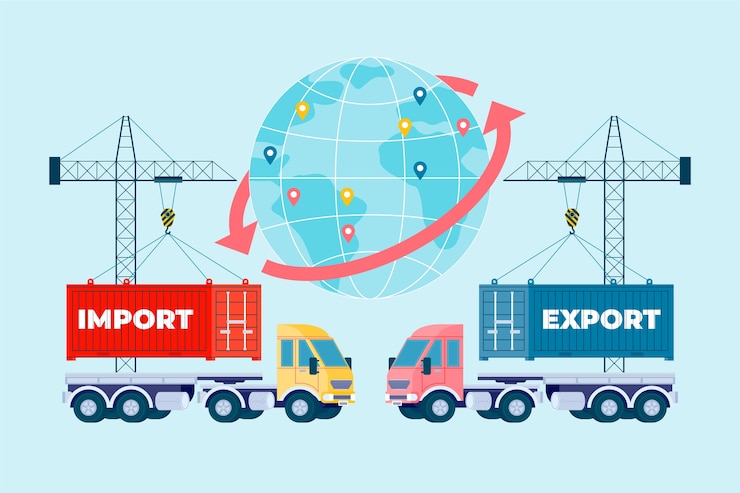- Coronavirus may have stores slashing selling prices to desperately entice shoppers back but they will have to rise to address rising costs.
- Small business Insider spoke with specialists — as nicely as enterprise proprietors — about how they repriced without owning their loyal shoppers experience the pinch.
- They advise spreading out price tag rises, relaunching products and emphasizing ‘added worth.’
- Go to Business Insider’s homepage for much more tales.
It really is a lot more vital than at any time that company owners have an understanding of the delicate art of pricing. As early as May possibly, Nasdaq reported that the coronavirus pandemic was driving up prices. Elevating your possess rates in response needs a fragile touch get it improper, and prospects will search in other places to spend their revenue.
We requested authorities and organization house owners to share their top suggestions.
1. Blend up the rate rises
Leigh Caldwell, the writer of “The Psychology Of Rate,” states a “one-dimensions-matches-all” method, like a blanket 10% raise across the full business enterprise, could upset consumers.
“But if you put one merchandise up by 15%, one more by 9%, and a 3rd by 4% — and even slash 1 or two prices a small — then buyers will not understand an in general hike,” he states.
If you are intelligent about this, you could be capable to elevate the common rate by 10%, for instance without having too several persons noticing. Caldwell additional: “If you highlight only the price cuts, that’s what men and women will detect.”
Read through a lot more: Each day Harvest founder and CEO Rachel Drori on how the membership food support programs to maintain profitability with the return of operate lunches
2. Make the product or service come to feel like better price
AutoBead helps make and sells top quality vehicle care items and was ready to press up rates for the duration of lockdown by about 12% soon after refining the formulas.
“We relaunched current products with a revised merchandise description and cost place,” says cofounder James Ford, “And as the item had been enhanced, our shoppers have been joyful to pay back much more.”
At the same time, the business set about increasing the perceived value of the automobile-cleaning kits they market.
“Our costs elevated drastically,” states Ford. “On the other hand, by increasing the high-quality of the accompanying goods this sort of as [cleaning] cloths and partnering with a well-identified model, shoppers were keen to spend in the collaboration.”
Luke Haslett, handling director of lookup professionals iakoe, is doing work on a PhD on pricing innovation and suggests “additional value” like this often aids justify boosting prices. He adds: “Among the gains you could possibly search for to quantify are diminished power intake or uncooked components, enhanced item excellent, diminished equipment downtime, lowered maintenance and repairs, and lessened disposal charges.”
3. Be open about why you happen to be performing it
Businesses generally don’t share price construction with their consumers, but Bilal Gokpinar at College Higher education London’s College of Administration suggests it can be a excellent plan to exhibit men and women behind the curtain.
“If you can clearly and convincingly connect how your charges have increased and why you will not want to reduce the top quality of your merchandise or your provider degrees, prospects can be understanding,” he suggests.
Gokpinar cites how Proctor & Gamble declared rate raises on a selection of instances in modern a long time, each and every time cautiously detailing the underlying trigger — “things like input price pressures, soaring cost of commodities and so on.”
4. Roll out boosts progressively across unique client groups
Gian-Carlo Grossi, taking care of director of Roofing Megastore, says lockdown elevated the price tag of uncooked resources and imports, forcing them to raise rates for some products and solutions.
He suggests the enterprise utilized its CRM [Customer Relationship Management] database to make sure the highest benefit clients, such as development companies, weren’t straight away strike. “When we desired to roll out these cost increases to these customers,” Grossi suggests, “we had been capable to do it with extra see and increased interaction.”
Examine more: Business owners say Instagram Tales have assisted them provide merchandise quicker and entice customers from residence. Here’s how they leverage the social media function to grow their firms.
5. Focus on your very best prospects and give them much more for their cash
Dr Rajesh Bhargave, associate professor of promoting at Imperial College Company School, claims loyal prospects are inclined to be less price tag delicate and are far better outfitted to face up to spending a small more. “So come across out what individuals buyers like, give them a lot more of that, and increase costs appropriately,” Bhargave said. Starbucks, he says, is an exciting illustration.
“Persons who invest in from them irregularly could be turned off by cost increases or the introduction of new solutions that are extra high-priced,” he says. “In distinction, faithful consumers go on to purchase soon after modest price tag rises and may well also be keen to try a lot more costly new menu goods.”
6. ‘Anchor’ reduce rates together with greater types
“Anchoring” can persuade people they’re nevertheless receiving a discount. It implies displaying people one particular (usually substantial) value to which they can review every thing else.
If you have hundreds of 24-inch laptop screens to offer at £100, promoting them together with a £400 27-incher will put the selling prices in context. “If you triple the value of a product or service thanks to coronavirus-linked offer shortages,” says Leigh Caldwell, “Then the 20% increases of your other things will appear to be like a very good deal.”
7. Extend the far more elastic selling prices
Some items have greater “price elasticity”.
Anastasia Laska, from retail pricing strategy gurus Revionics, states: “People instinctively know the value of some products and solutions and would observe any cost improve but with others they are comparatively unaware of the correct value.”
Modern pricing technologies, she says, can help small business house owners identify which solutions are very best suited to these raises. Laska cites cheese as an example: “Some cheeses are very well-known and consumed every single working day, even though there is a very long listing of additional unique cheeses for actual aficionados or specific situations. The latter typically offer a fantastic chance to maneuver the price.”





















